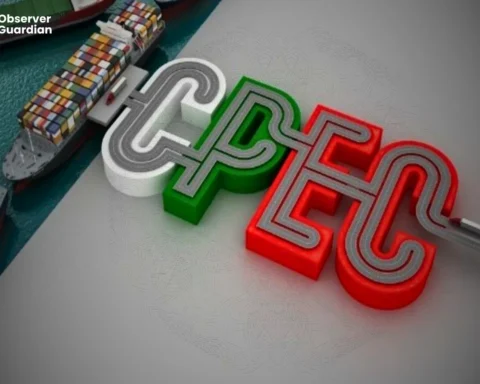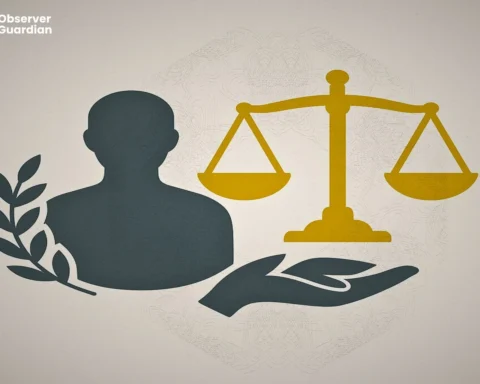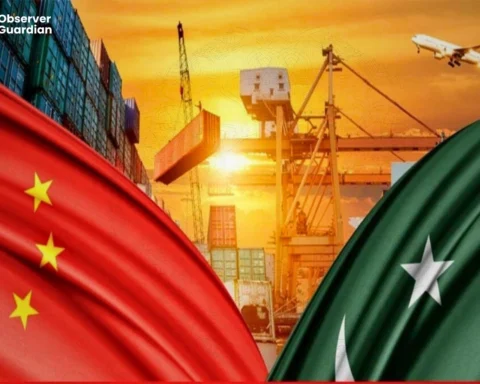It happened at the Hague Summit in 2025 when the 32 NATO member countries agreed to arrange their defence expenditures at a mandatory 5 percent of the GDP by the year 2035. A seismic shift in Western thinking about security is signified by a breakdown of 3.5 percent core military capacity against 1.5 percent civil resilience and defence infrastructure. This move is being presented as one aimed at countering the growing threats of Russia, Iran and the general instability plaguing the world but to the proponents of the investment; this is a long time coming and an investment in collective security. Nonetheless, to most people, it raises a serious concern on the social, political and economic compromises of militarization at this scale.
A Dangerous World, A Stronger NATO
The decision of NATO has a solid background in the real fears. The repeated military aggression by Russia in Ukraine, the re-militarisation of Russia in the Baltic and the Arctic regions, and the recent affiliations with Iran and North Korea has been a source of panic to the Europeans. According to the alliance, increasing autocracies are taking advantage of perceived weakness in the west by feeling empowered to act, and the so-called peace dividend in the aftermath of the cold war has ensured that NATO is not ready.
The past standard of NATO of spending 2 percent of GDP on defence has been achieved by less than half of the members in consistency. The very idea of adopting 5 percent, NATO is going beyond the brink as well as completely changing its nature as an institution, being a diplomatic deterrent force to a hard power with huge logistical support.
Theoretically, the shift has to do with resilience: 1.5 percent will go towards cyber-defence, civil infrastructure, energy protection and emergency preparedness the latter a wider concept of war compared to traditional ones. It is no longer only tanks and jets but also power grids, disinformation campaigns and pandemic preparedness.
A New Era of Military-First Budgets
However, to be precise, it is not a marginal growth. To a great number of countries, 2% to 5% of GDP transition is a radical, and even destabilizing, economic choice. In the case of Germany, this would entail almost three-fold increase in current defence expenditure culminating to the spending exceeding 200 billion euros per year. Other increases would be experienced both in the UK, France, and Italy.
The cost of opportunity is outrageous. Just think of how that 3 percentage points of GDP could have been implemented differently when channelled through universal childcare, decarbonization of the energy systems, public transportation, elder care, or education. When critics pose that question correctly: Are we safer when our cities are falling but our submarines are state-of-the-art?
The concept of resilience should not only be restricted to defence. A climate-disaster, economic-crash, and socially deteriorated society is equally make-or-broke to war. Military supremacy is not as glorious when healthcare is poorly financed, and young generations cannot afford to have places to live in.
Who Decides What’s Secure?
The issue of a democratic legitimacy is also there. Did the people consult on this move? In the case of many NATO states, defence budgets are very seldom areas of open electoral contestation. Most of the citizenry will probably not notice that their nation is now bound to operate under a shadow of a near-permeance war economy in the next ten years. The Hague Declaration passed by with technocratic efficiency, possibly not bad in the need to produce much in a short time but least apposite in matters of transparency.
In addition, the ruling threatens to contribute further to the people losing faith in establishments. With inequality on the increase and social services stretched even after the pandemic, many citizens may conclude that government is choosing tanks over teachers and drones over dignity by failing to meet the 5-percent target.
The narrative is already being exploited by populist and far right and left parties on the extremes. There is some political rhetoric against military expenditures across Italy, Germany and the Netherlands, where the demands of NATO budgets were portrayed as being foreign, US-dominated impositions that are not in the national interests.
The Global Message: Fortress West?
The other impact is in the messaging. Deciding to spend at least 5$, this step makes NATO send a clear message: the West is constructing a military bastion. That can be needed in the multipolar world we live in these days but there is a chance to worsen the new arms race.
BRICS countries, who already are apprehensive of the intentions of NATO, might advance their defence budget at a faster rate. China, India and even Brazil might perceive the action as offensive or on the contrary defensive and hence driving more instabilities in the globe.
This makes it hard to handle relations with neutral or non-aligned nations as well. As it expands its military presence in Africa, Southeast Asia and Latin America, NATO is already broached with suspense. This militarization trend of the alliance would undermine the attempts to create a soft power coalition or advocacy of the diplomatic resolution in conflicted areas.
Leadership or Leverage?
The US is still leading the NATO in budget and in global influence, but there are non-noble reasons why it is urging the 5 percent point. NATO members to rush to buy advanced systems and this is something that can be of great benefit to the American defence contractors. It is feared that this increase in spending may end up being a subsidy to the US industry as opposed to investing in local European defence capability. Furthermore, the US governments of the future, particularly the isolationist or unstable governments might not honour their part of the security deal. Whereupon, Europe will have signed up to a military build-up based on a partner that can be trusted neither to stay in place nor to stay on the positive side of the companion in question: whether the funds might not be used to greater effect by putting it towards strategic independence is then the question.








